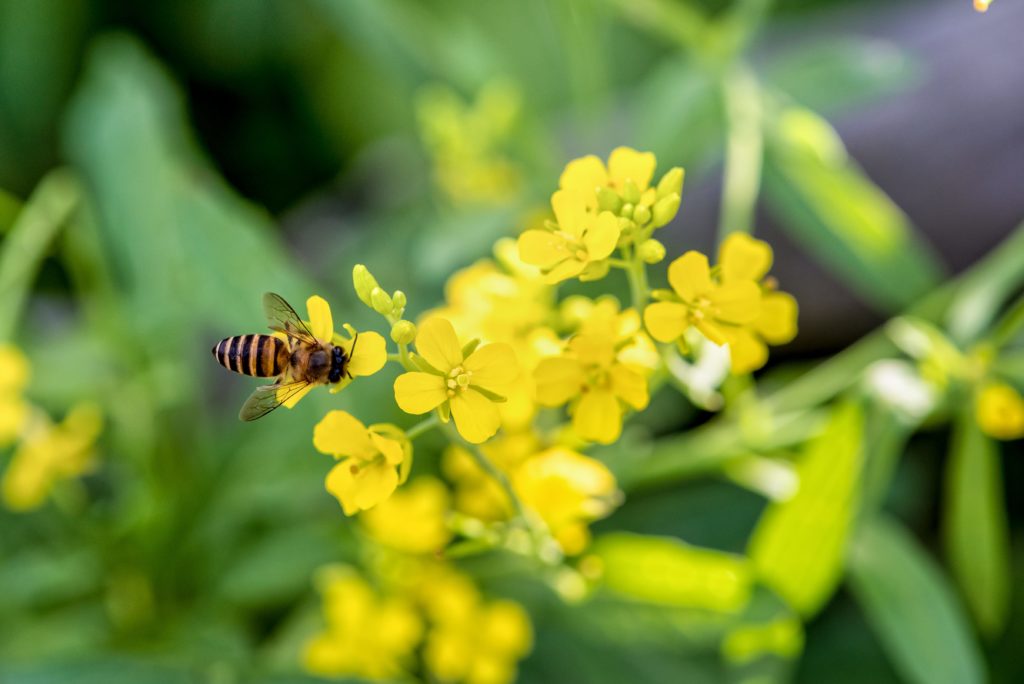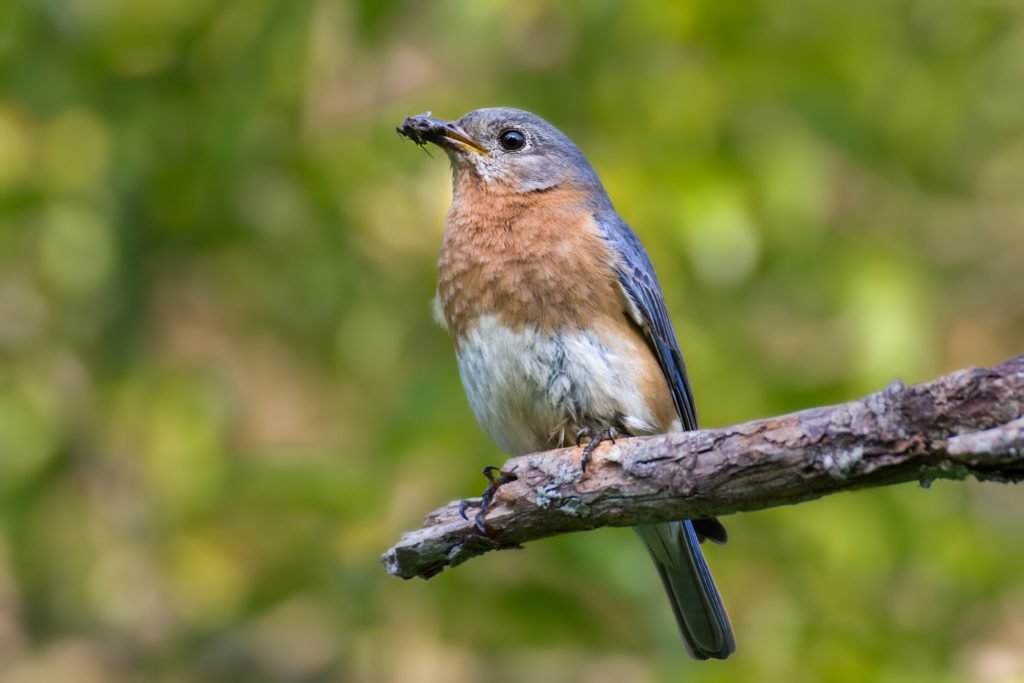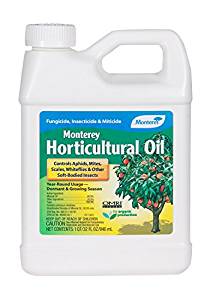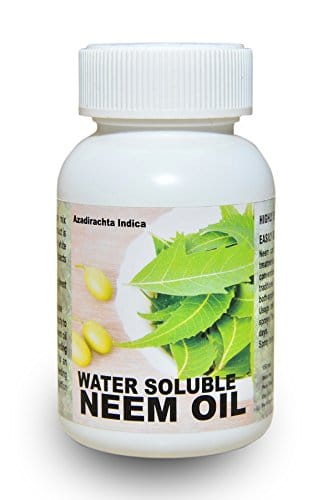
Pest infestation is a huge problem in almost every land or garden. Pests destroy crops in a huge manner and this can lead to loss of crops and in turn loss of money. Other pests such as rodents, mosquitoes, and roaches are carriers of bacteria and germs which can cause diseases in households. Some of these diseases might even be life-threatening if not properly treated. With this in mind, it is important to find eco friendly pest control alternatives.
Proper pest control can ensure that your crops and your home are safe, healthy and clean. Unfortunately, most pesticides are not safe and some have proven to cause cancer to humans. Therefore, there is a need to turn to eco-friendly pest control methods that are safe for your health and for the environment.
Why Chemical Pesticides are Dangerous for You
The manufacturing of chemical pesticides involves the inclusion of chemicals which are able to kill pests faster. They may contain herbicides for weed control, insecticides for the eradication of insects and rodenticides for rodent control. These chemicals are widely available in chemical stores and are easily accessed by homeowners. Most of the times, it might be tempting to use these chemicals if you are facing pest infestation at home. However, it is important to understand the dangers of those chemical pesticides before you even start using them.
Pesticides are toxic to the environment and the following are their effects.
• The residues of pesticides can find their way into the water sources such as rivers, ocean or ponds through runoff. This ends up contaminating the water that we drink.
• Chemicals can negatively affect groundwater when it gets through the soil. Groundwater has always been used as drinking water by many households, thus if chemicals get to groundwater, the water becomes unsanitary and might cause health problems.
• After the use of pesticides, they can eventually turn into vapor which gets into the atmosphere and can be easily spread to different areas. This can harm wildlife and people as well.
Your Eco-friendly Pest Control Methods
There are a number of an organic pest control method which is not widely advertised. They form a good alternative to chemical pesticides and will not have a negative impact on the environment or on the people. The eco pest control methods are suitable for home and the garden.
Natural pesticides are less toxic to the environment, mammals and aquatic life. Some are very effective natural pest control methods. Before you even start using the eco-friendly pesticides, there is a need to ensure that you have properly prepared your garden before planting. Proper land preparation ensures that you are creating the most hospitable growing environment for your plants.
Simply Said:
A healthy garden is the best natural pest control available. A healthy garden ensures healthy crops which are less likely to attract pests. And even when the crops are attacked they are better equipped to defend themselves against the pests and recover quickly.
When it comes to adopting the best pest control strategy, you need to start by identifying the offending pest. This allows you to adopt a control method that only affects the particular pest. This ensures that you apply selective control method that will not get rid of beneficial insects.
Natural pest control methods are not fast acting as chemical pesticides; however, they can be very effective over time. That’s something to go by. Here are the most common options:
1. Insectary Plants

Insectary plants are plants which attract beneficial bugs to your garden. Some of the common insectary plants are mint, rosemary, thyme and marigold. These plants can produce nectar which attracts the honey bee. The honey been is a good pollinator and helps keep pests at bay.
2. Diatomaceous Earth
This is a very safe powder made from microscopic silica shells of algae. The shells are covered with sharp projections which inflict physical damage to the cuticle of an insect. The pest then leaks vital body fluids resulting in dehydration and eventually death. Interestingly, diatomaceous earth is not poisonous to the pest, but only causes physical damage to the pest.
The treatment works effectively against soft-bodied pests such as trips, caterpillars, root maggots, snails, ants, fleas and roaches. However, this pest control method is non-selective and can lead to the death of beneficial insects as well.
Diatomaceous earth can be sprinkled to hard-to-reach areas or applied to the soil for ground dwelling pests or even to the foliage for other pests. When applying to foliage, it is best to do it early in the morning because it adheres to moist foliage.
It’s safe to say that if you want to get rid of pests, diatomaceous earth is a great eco friendly option.
You can get some at Diatomaceous Earth
3. Bring in Birds and Mammals
In your garden, it is important to create a conducive environment that attracts birds and friendly mammals. This improves the appearance of your garden and naturally controls pests and diseases. In addition, you will not need to use synthetic fungicides and insecticides that are harmful to your health. To attract birds to the garden, you can install nesting boxes and bird feeders. The birds will help get rid of caterpillars, snails, slugs and others pests that harm the crops.

4. Do Mulching
Mulching has always been an essential farming practice. It allows you to work smart rather than hard in your garden. Proper mulching is actually an eco-friendly pest control method. It helps reduce soil damage, prevents the growth of weed, creates an environment that alters the growth and development of plants and also reduces the harmful effects of sunlight and rain.
5. Neem Oil
Neem oil is derived from the Neem tree and acts like a poison and repellant for many insects. It also sterilizes certain types of insects, and slow or stop the growth cycle of other insects. Neem oil can be applied as a foliar spray or on the soil and can be used to kill pests such as loopers, aphids, whiteflies and mealy bugs. Also, Neem oil is effective against leaf minors since the plants can take up the Neem extracts through their foliage or the roots.
However, it is important to note that Neem can be toxic when ingested, but it is almost non-toxic to mammals. Neem should only be used when necessary and only on the pests, you are targeting. This will help minimize the death of beneficial insects.
You can find some water-soluble Neem oil online here on Amazon.
6. Insecticidal Oils
Insecticidal oils work by suffocating the pests. This eco-friendly pest control has been around for a long time. The oil cuts off the oxygen supply to the insects. This pest control method primarily kills the eggs and insects which are not yet fully matured. The oils, however, do affect beneficial insects but are less toxic to them.
Insecticidal oils can be used to control spider mites, mealy bugs, aphids and psylla. However, before using the products, make sure you read the directions of application. If you don’t, they can cause some harm to your plants and trees, particularly by causing leaf damage. You can find some online here on Amazon.

7. Repel Birds, Rabbits and Squirrels
Repelling birds, rabbits, and squirrels is important to prevent huge damage to crops. You don’t have to use chemicals to control these pests. Options that can work wonders are automated sprinklers, as well as two-string electric fences, and predatory urine.
But you know what the best squirrel repellent is for your garden? A cat! Indeed it will give your fluffy one some exercise and entertainment that the little mammals won’t forget.
8. Do Regular Leaf Inspection
One of the best and most effective ways of controlling pests in your garden is by doing regular leaves inspection. If the leaves are unhealthy or appear discoloured, they are likely to attract pests to the garden. It is important to remove all unhealthy or diseased plants or leaves from the garden as soon as possible. Healthy plants that are free from the disease are less likely to attract harmful bugs and other pests. Also, be sure to control weeds because they are a good habitat for harmful pests.
Many insects found in gardens have bad reputations as being pests and are subjected to an increasing number of chemical ways of ridding them from gardens.
Organic methods
Chemical control is often harmful to the environment and other wildlife that may not be the problem species the chemicals are aimed at. Many of the species persecuted are not actually harmful to gardens, or can be effectively controlled using other measures such as:
Natural predation – By encouraging natural predators of any specific pest into the area, the pest in question will be controlled. Ladybirds, lacewings, frogs, hedgehogs and birds are all great at limiting numbers of garden pests such as aphids and slugs.
Hand picking – although time consuming and intensive, removing areas of infestation by hand may be beneficial to the rest of the plot.
Water spraying – spraying with water or with a light soap solution has been used for some time to remove aphids and similar species from plants.
Organic deterrents – many plant oils and other organic based substances are totally environment friendly as they use plants natural resistance to attack but have a deterrent or lethal impact on specific garden pests.
Biological control – Whitefly can be targeted by a parasitic wasp, Encarsia. This works by attacking and paralysing the nymph of the whitefly reducing the number of whitefly and its impact on vulnerable plants.
Companion planting – By planting close together with species that attract predatory insects or disguise vulnerable plants, the impact on crop species can be reduced as pests are less likely to find their food plants.
Deterrents and Barriers – Many potential garden pests are sensitive to specific features. Slugs for example do not like copper piping or the sharp edges of eggshells so surrounding plants with such materials may keep many species away. Other methods to keep pests away are plastic bottles and straw around the base of plants.
The key point to remember with pest control in gardens is that you are not trying to remove the pest completely but to protect your plants and crops from serious damage. Most creatures that we see as pests are seen by our garden favourites as food, so encouraging more diversity within the garden will prove beneficial.
A slimy issue
It is not, however, possible to offer a guarantee of success, since the effectiveness of each method depends on the location and exactly how it is applied.
Look through the list and choose several techniques to try – don’t rely on just one. A range of methods is much more likely to bring some success.
Don’t expect to get rid of all your slugs – that is just not a practical proposition. The aim is to protect plants while they are susceptible.
Garden friends
Though you may not think it, slugs have enemies too. They are eaten by frogs, toads, hedgehogs, centipedes, ground beetles, slow worms and fireflies, so make sure you don’t use any chemical sprays which could harm them. Providing suitable habitat and food will encourage these beneficial creatures to live in your garden.
However, do not be tempted to introduce predators like hedgehogs into areas where they don’t naturally occur. This can change the natural balance on islands or in another environmentally sensitive areas. Hedgehogs eat the eggs and chicks of ground nesting birds and introducing them can create severe problems for native wildlife.
Methods to try
Slug killers
Slug killers based on aluminium sulphate are not strictly organic, but they are environmentally friendly. They kill slugs and snails on contact with minimal risk to other wildlife or pets. Commercially available products using aluminium sulphate as active ingredient include Growing Success and Fertosan.
Protective barriers
Disposable plastic drinks bottles, with the bottoms cut off and the screw tops removed, make excellent individual protective cloches for young transplants. Check for the first few days after transplanting that a slug hasn’t been trapped inside the bottle.
A slug and snail tape that creates a protective barrier is now on the market. Slugs are repelled by the small electric charge naturally contained in the copper face. Being self adhesive, it is easy to fix onto pots, seed trays, garden furniture, even onto sturdy plants.
SAS slug and snail repellent contains a natural yucca extract. When sprayed on the ground it forms a physical barrier which slugs and snails will not cross. As with many other repellents, it will withstand light rain, but will have to be renewed after a heavy downpour.
All sorts of materials such as lime, forest bark, crushed eggshells, wood ash, human hair and soot are said to make effective slug barriers, sprinkled on the ground around plants. The idea is that the barrier either dries out the slime that the slugs move on or that it irritates them so they will not cross it. Their effectiveness must inevitably be weather dependent but they may be worth trying, especially under cloches. Make a smooth seedbed type surface before applying a good layer of the material, a few inches wide.
Trapping
Slug traps are commercially available, and they can easily be made from empty plastic pots (eg large yoghurt pots) buried to half their depth in the soil and filled with milk and water, or beer. The slugs will climb up the sides, enter the tub and be killed.
These traps can be especially useful around newly planted out seedlings to help protect them until they grow away. Sometimes this sort of trap also catches the large, black ground beetles. Make sure the lip of the trap is at least 2cm above the soil surface. This should stop beetles getting in. As they eat slugs, they need to be encouraged, not killed.
Alternative feeding
A spring planted bed of lettuce is a real treat to the slugs as they may not have had a good meal recently.
It may be possible to keep transplanted plants safe for a while by offering an alternative food supply to slugs – such as lettuce or cabbage leaves spread between the plants.
The slugs tend to collect under these leaves to feed and shelter, so examine them regularly and remove any that you find.
Another idea is to sow a sacrificial crop of something that slugs love, such as brassica or lettuce. Hoe this off while small and leave the hoeings in situ around the transplants.
Avoid susceptible plants
Gardeners too often want to grow things that aren’t suited to their site. In the case of plants that are very susceptible to slugs this isn’t really worth the effort.
If, for example, the slugs get more out of your hostas each year than you do, the answer is to give up on the hostas and try something else.
Alternatively, these plants can be grown in rough wooden tubs or terracotta pots, out of the reach of slugs.
Baiting and hand picking
Slugs will inevitably collect in cool damp spots. This fact can be used to advantage as a method of reducing slug populations. A piece of damp cardboard held down with stone, or a piece of carpet, for example, is ideal; just lift it up at regular intervals and dispose of the slugs underneath it by dropping them into a pot of salty water.
If you cannot stand picking up slugs by hand, foreceps, tongs or thick rubber gloves can be very useful.
On damp evenings, and even on damp days, slugs will be out and about. This is the time to go out, with a torch if it is dark, armed with a salty water pot to pick up any slugs you find. Examine susceptible plants particularly. This is unlikely to reduce the slug populations in the long run, but it can save individual plants, which is most satisfying.
Winter digging
Autumn digging, leaving the soil rough and cloddy while the slugs are still active will allow those species that hibernate to move deep into the soil. If you must dig, do it in the winter while the soil is cold and the slugs are less active. This may also help to kill some slugs, and expose them to predators such as birds. While digging, look out for slug eggs in the soil. These are little clusters of colourless, round eggs, looking rather like small frogspawn or sago.
Biological control
This is a recent development in slug control. Microscopic nematodes occur naturally in the soil. They seek out and kill slugs by reproducing inside them. These nematodes are now being cultivated, and are available as biological control agent under the trademark Nemaslug. The nematodes are mixed into water and applied with a watering can to the area requiring protection. They remain active for up to six weeks. The nematodes are slug specific, and do not control snails.
Direct sown crops
Direct sown crops can be totally eaten off by slugs, especially in the early spring when top soil is cold and the seedlings are slow to emerge and grow away. Try to increase the rate of seedling emergence and growth by:
- sowing later in the season,
- choosing the warmer, drier parts of the garden for early sowing (if there are any),
- pre-germinate the seed,
- improving the soil so it does not hinder germination. If the soil tends to set to a crust, cover the seed drill with some potting compost or sand mixed with the soil,
- if the soil has had a thick organic mulch over the winter remove it a few weeks before sowing to allow the soil to warm up. If mulches are used for growing crops, wait until the plants are well established before mulching. Mulches can harbour slugs, but they also provide shelter for slug predators, such as beetles.
Transplanting
If direct sowing always fails, the alternative is to raise transplants. They must again grow quickly to survive slug attack, so it is best to raise them in individual modules, so there is minimal check to growth when they are planted out. For the earliest plantings it is worth growing the plants even larger before transplanting – in individual plastic cups for example. For row crops such as peas, about 3ft lengths of plastic guttering can be used for sowing into. Whole sections of row can then be slid into place when the seedlings are well grown.
Potato slugs
The main attack on potato tubers happens in late summer and autumn, so lifting the crop by the end of August, at the latest, can help to reduce the damage. If lifting early reduces the crop too much choose early varieties and consider decreasing the spacing between plants to, say, 12 inches each way. This will reduce the size that each individual plant will reach, but it will also make them crop earlier – and because there are more plants than usual in the given space, the overall crop should not be reduced.



Leave a Reply